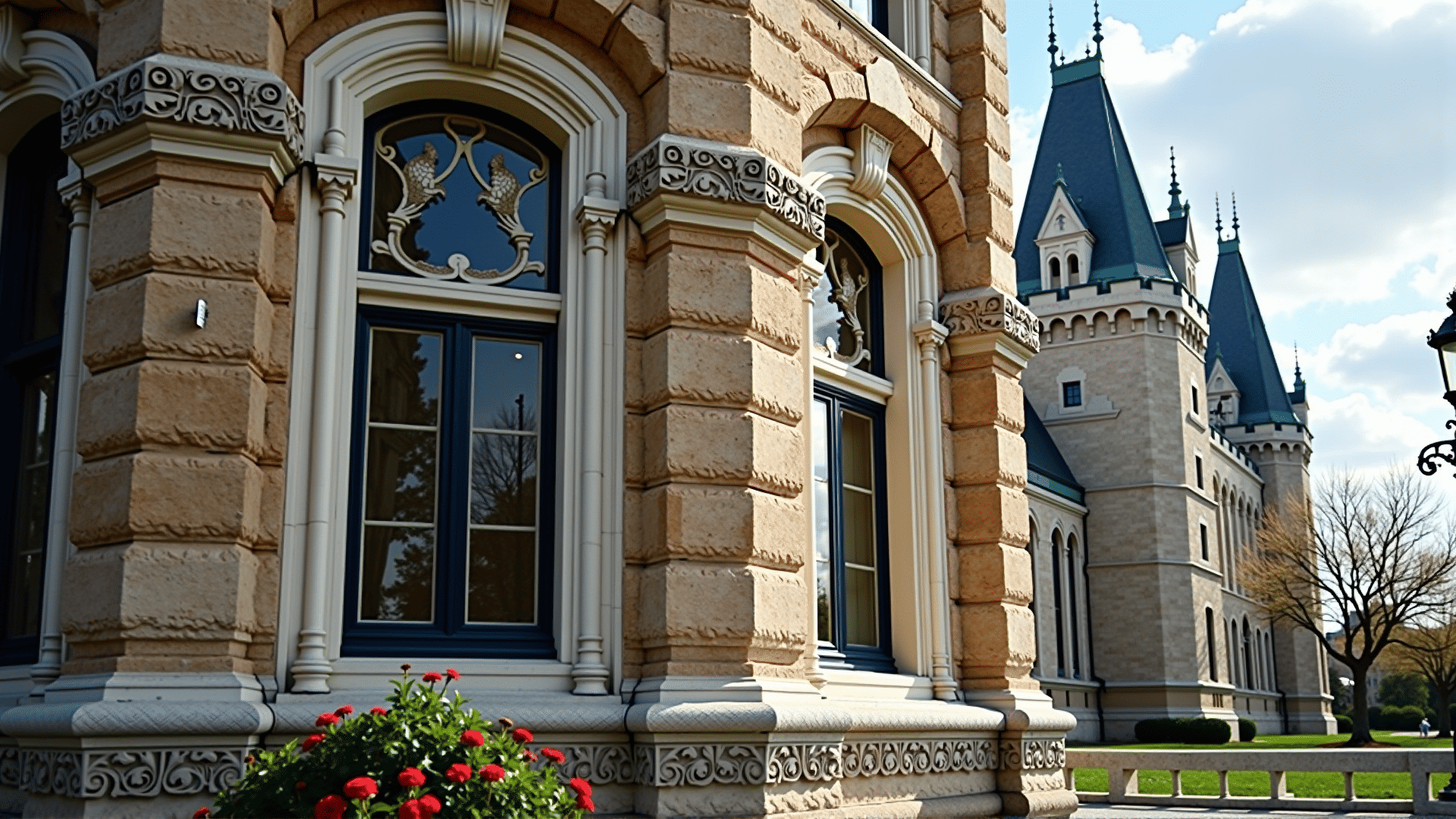Canada's landscape is a sprawling tableau of natural beauty, but its architectural wonders also weave a vibrant narrative of the region's historical and cultural evolution. These structures are more than mere buildings; they are storytellers that provide a glimpse into the diverse civilizations that have traversed this land.
One of Canada's most iconic architectural landmarks is the Chateau Frontenac in Quebec City. This historic hotel, built in the late 19th century, stands as a testament to the grandeur of the railway era. Its stunning Gothic-revival architecture, with towering turrets and elaborate stonework, reflects the opulence and dreams of a burgeoning nation keen to establish its unique identity. The Chateau Frontenac does not merely serve as an inviting place of repose but also as a symbolic guardian, overseeing the historic battlegrounds of the Plains of Abraham.
Moving westward, the traditional dwellings of Canada's First Nations offer another layer to this architectural narrative. The longhouses of the Haida people in British Columbia, intricately carved with totem pole facades, serve as living canvases of ancestral stories and spiritual truths. These structures, crafted from cedar, harmonize with the surrounding environment, embodying a profound respect for the land and its resources. Such architecture is an embodiment of sustainability and cultural resilience.
In Toronto, the Royal Ontario Museum is a striking example of how modern architecture can meld with the past to create a resonant cultural dialogue. The original building, a classic Renaissance-inspired piece from 1914, was transformed in 2007 with the addition of the Michael Lee-Chin Crystal. This bold, jagged extension of glass and aluminum challenges traditional architectural norms, symbolizing the juxtaposition and synergy of history and modernity. The museum itself is a treasure trove, narrating tales of human civilization and natural history.
Another jewel in Canada's architectural crown is the Canadian Museum for Human Rights in Winnipeg. This structure is a powerful emblem of human connectivity, standing as a beacon for human rights education. Its design, inspired by the Canadian landscape, combines a variety of textures and materials, including glass, stone, and wood, that reflect the diversity of the nation and its stories.
The architectural diversity of Canada extends to the east coast with the Historic District of Old Quebec, a UNESCO World Heritage site. This district, with its narrow cobbled streets and stone buildings, offers a glimpse into the colonial French era. It is a lively narrative of a bygone era that continues to influence modern Canadian culture.
As one traverses Canada's vast territories, they encounter these architectural wonders that not only allure with their beauty and ingenuity but also educate and inspire. Each edifice, whether historic or modern, serves as a custodian of stories passed through generations, marking Canada's place as a land of rich heritage and cultural symbiosis. These buildings, with their silent yet resonant voices, invite us to listen, learn, and appreciate the mosaic of histories that have shaped the Canadian identity.
